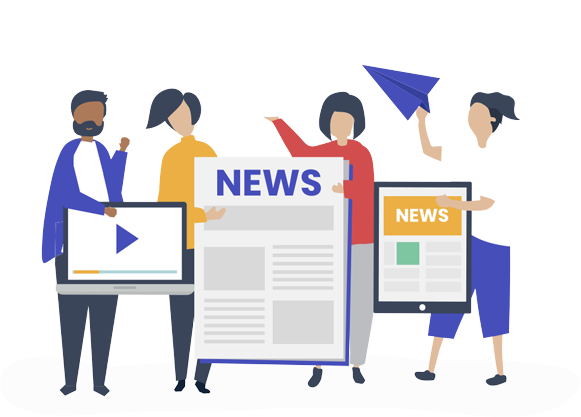Overcoming Logistics Challenges with Advanced IoT and AI Solutions
Companies face mounting pressure to improve efficiency, accuracy, and adaptability in logistics industry, driven by the rise of e-commerce and the complexities of global supply chains. Traditional systems, often based on outdated technologies, struggle to meet these demands, leading to operational inefficiencies and customer dissatisfaction. This case study focuses on two primary challenges faced by a major logistics company and how we deployed advanced technical solutions to overcome them, leveraging a sophisticated tech stack that redefined their operations.
Revolutionizing Legacy Systems with IoT-Enhanced Real-Time Tracking
The logistics company was heavily reliant on an antiquated tracking system built on legacy technologies such as RFID and basic GPS. These systems provided delayed and often inaccurate updates, significantly hindering the company’s ability to maintain operational efficiency and meet customer expectations.
To address the limitations of the legacy tracking system, we integrated a state-of-the-art IoT-powered management platform. This solution involved deploying IoT sensors across the company’s fleet and assets, utilizing technologies such as MQTT for lightweight messaging and LoRaWAN for long-range communication. These sensors continuously transmitted real-time data to a centralized platform.
The platform itself was designed using a microservices architecture built on Node.js for its non-blocking, event-driven capabilities, and Python for its robust data processing capabilities. The backend services were containerized using Docker and orchestrated with Kubernetes to ensure scalability and fault tolerance. The entire solution was hosted on AWS IoT Core, leveraging its scalable infrastructure for real-time data ingestion and processing.
The implementation of this IoT platform resulted in a dramatic improvement in operational transparency. The real-time tracking capabilities led to a 35% reduction in lost or delayed shipments. Additionally, customer satisfaction improved by 25%, as clients could now receive precise, real-time updates on their deliveries. The move to a microservices architecture further enhanced system reliability and scalability, positioning the company as a leader in logistics technology.
Transforming Route Planning with AI-Driven Optimization
The company’s route planning was based on static algorithms that failed to account for real-time variables such as traffic, weather, and last-minute delivery changes. This led to inefficient routing, increased fuel consumption, and missed delivery windows, ultimately impacting the company’s bottom line.
To revolutionize the route planning process, we implemented an AI-driven dynamic route optimization system. The solution leveraged TensorFlow for machine learning and integrated it with the real-time IoT data stream from the newly established IoT platform. This system dynamically analyzed real-time data, including traffic conditions from Google Maps API and weather updates from OpenWeather API, to generate the most efficient routes.
The backend for this solution was developed in Python due to its extensive support for machine learning libraries and data processing capabilities. The AI models were trained and deployed on Google Cloud Platform (GCP), which provided robust machine learning capabilities and seamless integration with the real-time data feeds. Additionally, we used Apache Kafka for real-time data streaming and Apache Cassandra for managing large volumes of time-series data.
The AI-driven route optimization system led to a 20% reduction in fuel consumption and a 15% improvement in on-time deliveries. These improvements translated into significant cost savings and enhanced the company’s ability to meet and exceed customer expectations. The shift from static to dynamic route planning transformed what was once a cumbersome, manual process into an automated, highly efficient operation, providing a competitive edge in the logistics market.
Conclusion
Through the integration of advanced IoT and AI technologies, we were able to overcome significant challenges in real-time tracking and route planning, setting a new standard in logistics operations. The combination of IoT sensors, machine learning, and cloud-based infrastructure not only solved the immediate operational inefficiencies but also provided a scalable framework for future growth. This project highlights the transformative power of technology in the logistics sector, offering a blueprint for companies looking to innovate and lead in a competitive market. For companies facing similar challenges, we offer a range of customized solutions designed to optimize operations and support sustainable growth. Discover how we can transform your logistics operations and help you stay ahead in a competitive market.

